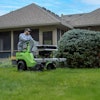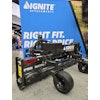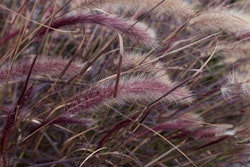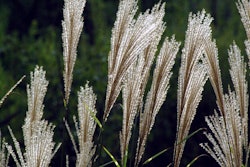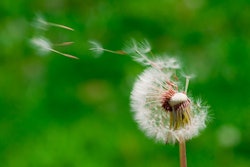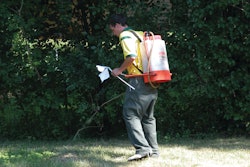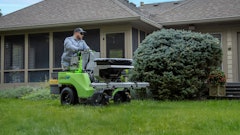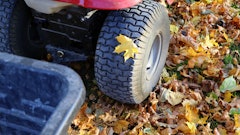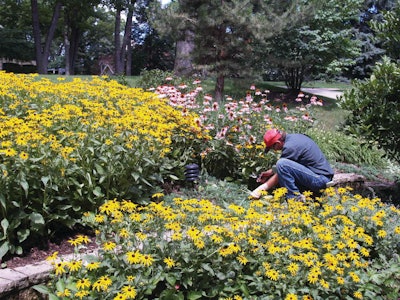
Planning is the name of the game when it comes to beating weeds in ornamental beds, and April is the time of year to start guarding against them. A good plan of attack should match the site needs and consider several factors that can influence short- and long-term results.
In order for your weed-fighting plan to be effective, it should address a number of elements including present weeds, future germinating weeds, bed mulch plant material sensitivity and financial resources available. Consider development of a simple three-step plan that focuses on getting current weeds under control, preventing new weeds and proper touch-up treatments.
Step 1 – Deal with existing weeds. Perennial and annual weeds require either a post-emergent weed control application or hand pulling. It is important to correctly identify weeds prior to spring bed mulching and treatment in order to select the correct control product. Be sure to consider plant sensitivity when applying these products. Read product labels thoroughly—determining plant tolerance and necessary precautions before application—to keep ornamental beds their healthiest. Keep in mind that hand-pulling is labor intensive.
Step 2 – Mulch. Once weeds are under control, it is time to mulch. Mulch applied to a depth of two to three inches creates a barrier against weed germination, but mulch alone is often not enough to keep out aggressive weeds all year. A better one-two punch is to apply a pre-emergent weed control product under the mulch at the soil surface. This is accomplished by raking back the current mulch (if any), then applying the product and covering the soil with mulch once again.
For properties that have older mulch in excess of two to three inches, it may be necessary to strip out the old and refresh with new. New mulch will also make the bed more attractive. Sometimes, lightly coating old mulch with a small layer of new mulch will produce the same effect. Remember, be sure to read the label if you choose pre-emergent weed control. Also, client expectations and financial resources should help determine whether you choose a pre-emergent product; it may be more effective to include it as part of your plan, but it’s also more costly.
Step 3 – Touch-up treatments all summer and fall. Even with the best execution of steps one and two, touch-up treatments are required to keep weeds at bay all year. For beds that include ground cover or sensitive plant material, touch-up hand-pulling efforts will be higher because of limited alternative control options. It is also important to keep in mind that one treatment does not last forever, due to product breakdown. Further, climatic changes influence weed growth. Excessive rainfall and consistent warm temperatures in the spring and summer accelerate weed growth and product breakdown.
An effective plan will include frequent inspections during summer and fall to identify weed breakthrough early. Keep it manageable and consider hand-pulling select weeds if they are isolated. If breakthrough is large, consider a later treatment of post-emergent weed control. Each site or bed may require a different approach or a combination of hand-pulling and post-emergent control.
Brian Feldman is regional technical manager for TruGreen.


